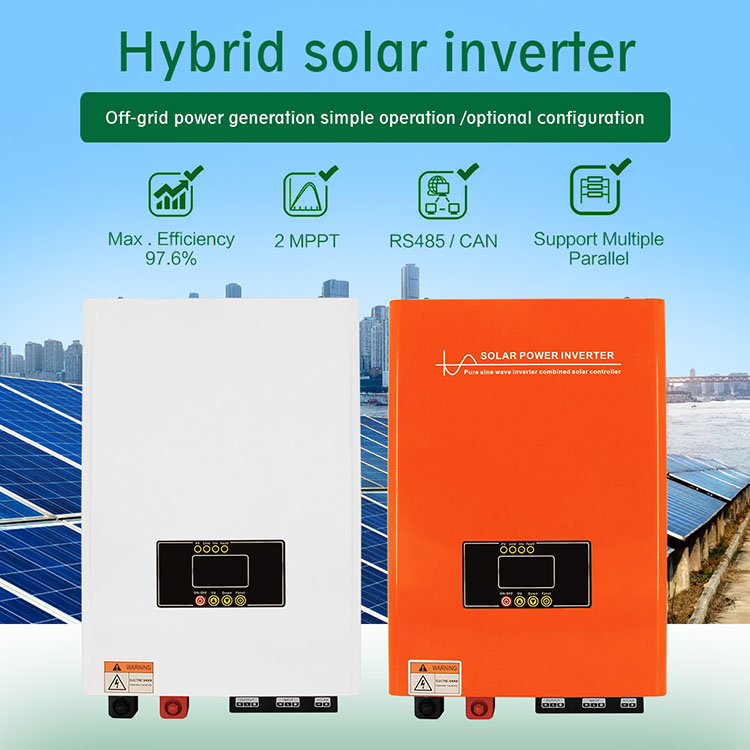What is the difference between pure sine wave inverter, modified sine wave inverter and square wave inverter
 Jun 25,2022
Jun 25,2022

 Rekesun
Rekesun
Inverters are mainly divided into three categories according to the waveform: pure sine wave inverter, modified sine wave inverter and square wave inverter.
The square wave inverter outputs square wave alternating current with poor quality, and its positive and negative peaks are generated almost at the same time, which will damage the load and the inverter. Moreover, the load capacity of the square wave inverter is poor, only about half of the rated power, and cannot carry an inductive load.
Compared with the square wave inverter, the output voltage waveform of the modified sine wave inverter is significantly improved, and the high harmonic content is also reduced. The traditional modified sine wave inverter is generated by the step-by-step superposition of the wave voltage of the opposite wave. In this way, the control circuit is complicated, the power switch tubes used for the superimposed circuit are more, and the volume and weight of the inverter are larger. In recent years, with the rapid development of power electronics technology, PWM pulse width modulation has been widely used to generate correction wave output. At present, improved wave inverters have been widely used in user systems in remote areas, because these user systems do not have high requirements for power consumption quality, and the improved inverters are suitable for carrying resistance.
The pure sine wave inverter outputs high-quality alternating current, which can drive a variety of loads without damage to the load and the inverter. Although pure sine wave inverters cost more than square wave and modified sine wave inverters, we recommend choosing pure sine wave inverters whenever possible.

The output voltage waveform of the pure sine wave inverter is good, the distortion is very low, and its output waveform is basically consistent with the AC waveform of the power grid. In fact, an excellent sine wave inverter can provide higher AC power than the grid, the sine wave inverter has low interference to radio and communication equipment and precision equipment, low noise, and strong load adaptability, which can meet all AC load applications. , the overall efficiency is high. The disadvantage is that the circuit and the relative correction wave inverse transformer are complex, require high control chips and maintenance technology, and are more expensive. In the case of solar grid-connected applications, pure sine wave inverters must also be used to avoid electrical pollution to the public grid.



 Home
Home Application of inverter load ratio
Application of inverter load ratio 







 syplighting.en.alibaba.com
syplighting.en.alibaba.com



